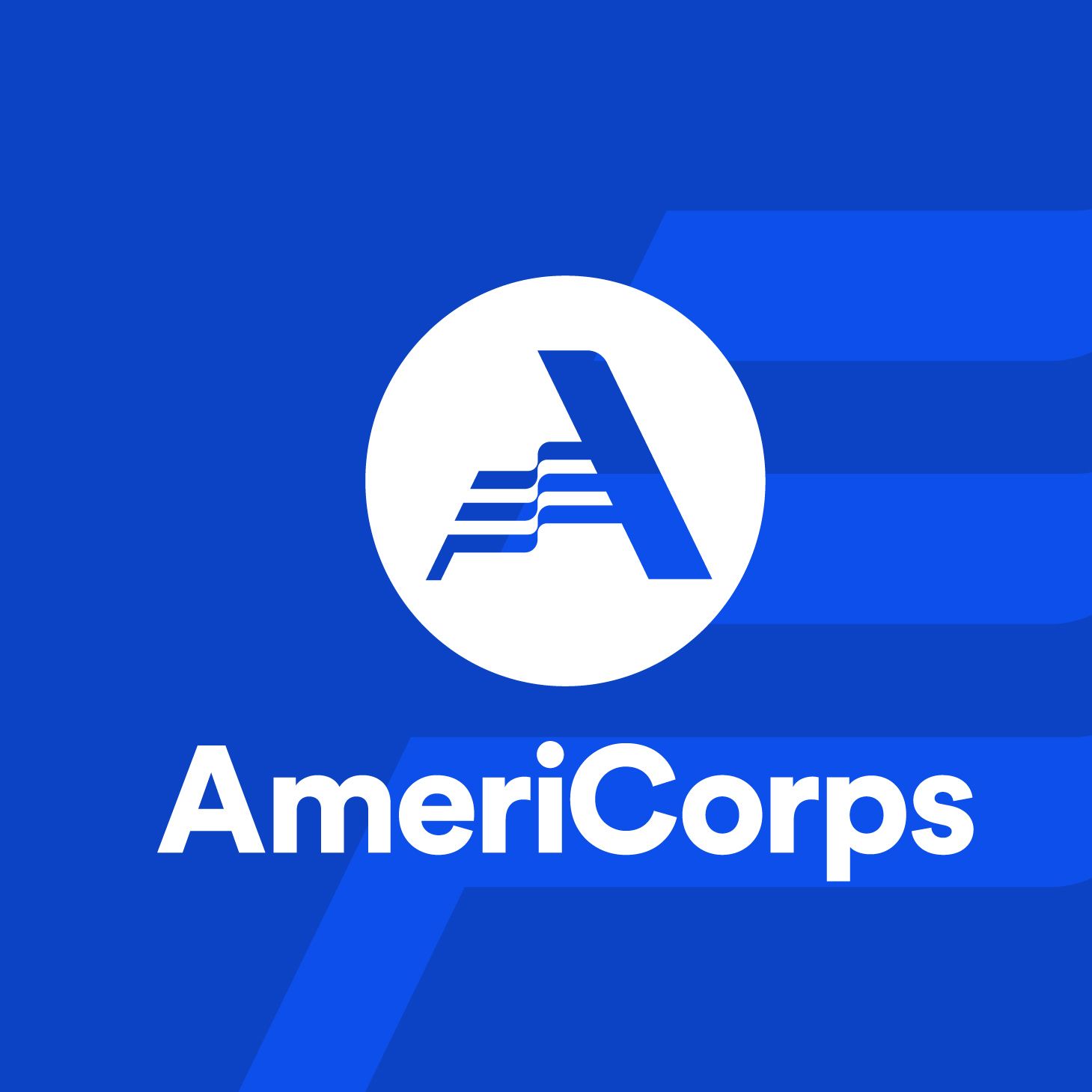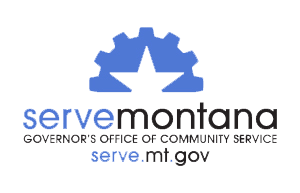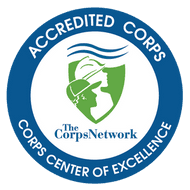Gear List
This resource guide is meant to help keep you safe and comfortable during your term of service
The two most important things to invest in are boots and a sleeping bag.
If you are new to camping and backpacking the cost of items can add up. Many items can be found secondhand from a thrift store.
If you are unsure of what you need after reading through this list contact your Regional Office. There are many retail stores and secondhand stores in the regional areas, which can help outfit the suggested gear list if you prefer to wait.
-
Click for detailed explanation of each item
Required Gear:
-
Work Pants
You’re expected to purchase brown work pants prior to your arrival. The pants must be work style pants that are a durable material (cargo pockets/double knee okay)
- Common Brands include:
- Carhartt
- Dickies
- Red Ants Pants
- Wrangler
- Arborwear
- Many more
- NOT acceptable:
- Spandex
- Quick Dry Materials
- Ty Die
- Pajama Pants
- Yoga Pants
- Blue Jean Color
- bibs
- lightweight hiking pants
- Common Brands include:
-
Invest in boots early and start breaking them in!
Work/ Hiking Boots
Your feet are one of the most important tools out there. Look for mostly leather boots that will be comfortable for you to hike in.
Get boots early and break them in so you do not get blisters during the season!
Take the time to find boots that fit well and will continue to protect your feet throughout the season.
Please note that fuels/chainsaw specific crews will have specific boot requirements; please talk to your regional office for additional guidance if this applies to you!
There are a lot of good options out there, and if you have questions about what boots to purchase or if your will be acceptable, please call our office!
-
Creek Crossing Shoes
Creek crossing is a common occurrence in the field.
They are required as we do not allow individuals to cross creeks bare foot. A pair of old sneakers, sandals with an ankle strap, or water shoes will suffice.
These can be a thrift store find!
-
Rain Jacket and Pants
Rain gear needs to be durable and effective.
Always make sure it’s labeled as 100% waterproof, not water resistant.
Project work will not stop because of rain. -
Backpack
On average, an appropriate multiday pack should fall within the range of 55-70 liters.
Gear you may need to carry includes: a tent, sleeping bag, group gear, personal gear, and crew food.
Make sure your pack is comfortable and of solid construction.
-
Water Bottle
Plan on carrying at least four liters of water for a day; more in the heat of the summer.
You can carry some of that in a hydration bladder (MSR Dromedary/Camelback/Platypus) but you should bring at least one bottle with you in case the bladder is punctured.
-
Sleeping Bag
Getting a good night’s rest is a crucial part of enjoying your time in the woods.
The main thing to think about with sleeping bags is warmth and fit.
-- If you tend to sleep warm, a 20 degree bag with the option of a liner should work for you.
-- If you tend to sleep cold, go with a 0 degree bag.Make sure you find a bag the fits your height. Too much room at the bottom leaves space for cold air and not enough room leaves you cramped.
-
Sleeping Pad
A pad acts as a mattress for both comfort and warmth (closed cell foam type or backpacking inflatable pads).
Foam sleeping pads are light and very durable and are far more cost effective!
Inflating sleeping pads are usually heavier and may puncture during the season.
-
Tent
Things to look for:
--- A one person tent is adequate, but a small two person provides a little more room to spread out.
--- Three season tents work well.
--- Make sure it’s adequate to keep you out of the rain, snow, or winds.
--- Make sure it has a full rain fly.For our Field Crews, being able to carry your tent on a backpack could be necessary.
-
Base Layers
This layer pulls moisture away from the skin.
The most important factor is that they should NOT BE COTTON! Cotton holds moisture against your skin, which pulls heat away from your body.
Light base layers can be used in summer or winter.
You should have a couple of pairs, ideally of varying weights.
These can be a thrift store find!
-
Mid/ Heavy Layers
The mid and heavy base layers are good to have in spring, fall, and winter. These provide you with some insulation. Fleece, wool, and synthetics are materials that will continue to provide warmth even when they are wet. You can have a couple of items for this layer—something fairly light for minimal insulation and something thicker/ warmer for maximum insulation. All layers should fit under your rain gear.
These can be a thrift store find!
-
Warm Hat and Gloves
It gets cold in the mornings even in summer! Bring a pair other than your work gloves.
These can be a thrift store find!
-
Warm Socks
Your feet are one of your greatest tools, take care of them!
Look for synthetic or wool socks.
NO COTTON! Cotton holds moisture against your skin and can be the cause of blisters and rubs on your feet. In cold weather cotton will not keep your feet warm once they are damp.
-
Eating Utensils/ Tupperware
Tupperware simplifies eating breakfast/dinner and makes packing lunches easy. It can also prevent your lunch from getting squished. Look for something you can fit more than just a sandwich into. Sealed, leak proof containers are really great for storing leftovers. Bring a spoon/fork too.
These can be a thrift store find!
-
Headlamp/ Flashlight
Finding the latrine in the middle of the night can be difficult without the use of a light.
Headlamps start as low as $10.
Flashlights also work.
(Remember Batteries!)
Optional Gear:
-
Daypack
A smaller pack adds a level of convenience that many find advantageous during their term.
The pack should be comfortable to hike and wear for long hours and is 25-35 liters. It should hold your lunch, water bottles, rain gear, first aid kit, and extra layers.
A lot of people use their larger backpack as a daypack – this option can save money and make you more versatile; if you have to choose, go for the bigger backpack!
-
Toothbrush
It's your call, but highly recommended!
-
Personal Items
Suggestions: Items may vary
Pack only as much as you anticipate needing for each hitch
- Hand sanitizer
- Toothpaste or baking soda
- Toothbrush
- Biodegradable soap
- Face wipes
- Menstrual products
- Prescription medications
- Sunscreen
- Insect Repellent
MCC Provides:
- Uniform Work Shirts
- Hooded Sweatshirts
- Safety Equipment (Hard hat, Work Gloves, Ear Protection, Safety Glasses)
- Group Camping Gear (Cooking Stove, Group cooking equipment, tarps, water filters, etc.)
- Transportation to Worksites
- Tools
Below are some suggested online retailers. We do not endorse any product or its supplier. This list is compiled of recommendations by alumni. Be sure to check the sizing guides for the item(s). Products may run large or small depending on the manufacturer. We also have some Pro Deal partnerships (deals with certain retailers for discounted gear) so ask your Program Manager about those.
Backcountry.com | Cabela’s | Campmor | Mystery Ranch | REI | REI Outlet | REI Used Gear |Sierra Trading Post | Steep & Cheap | The Clymb

![[Image description: Two MCC members are walking away from the photographer, leading into a trail along a river, cut with large towering rock features.]](https://cdn.firespring.com/images/5739a583-e7e3-4692-87ef-872727e59844.jpg)



